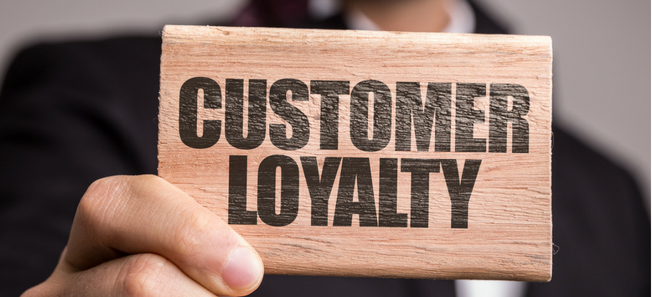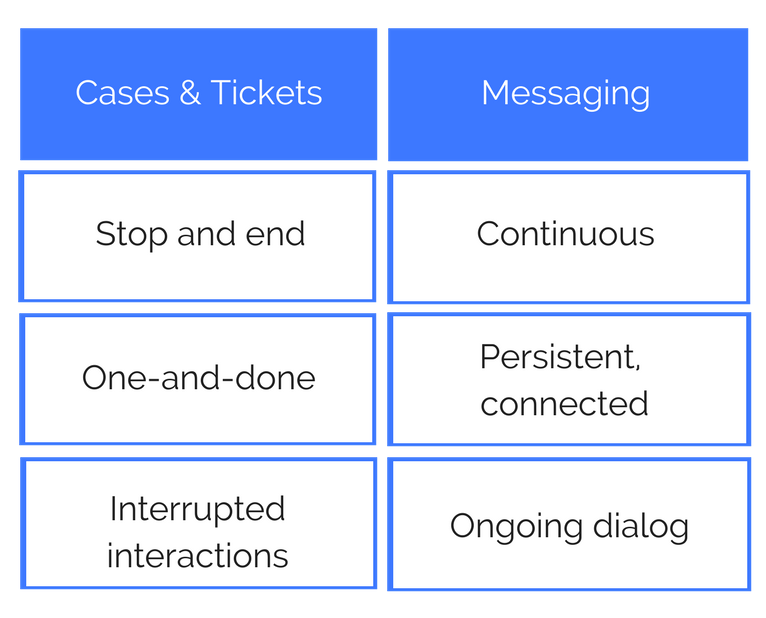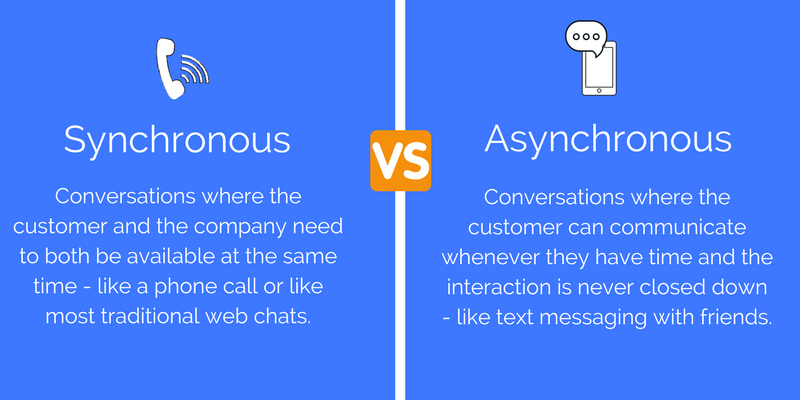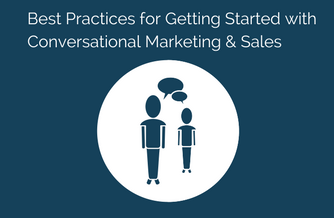Customer success is vital to your product or service achieving the desired goals you or your company has set. Customer success is the methodology you take to ensure that your customer’s needs are met in a manner that aligns customer, vendor, and company goals. If you are implementing your customer success correctly then you will see your pipeline activity increase and your customer metrics improve. So, the question is, how can you be sure your customer success initiatives are performing? The way you can be absolutely sure how well your company is performing and what areas are performing well is by tracking the correct metrics, gathering them, and then analyzing them. You cannot properly gather, organize, or analyze your data if you do not know which metrics to look for. That is why we wrote this article.
This article looks at which metrics are most important to track the health and vitality of your customer success initiatives. Customer success key performance indicators (KPIs) will not only speak to the health of your customer success strategy, but they will also speak to the health of your relationship with your customers.
Background
Traditionally, the disciplines that were used to measure customer success KPIs were customer service and customer support. Customer service and support have been previously been labeled as ‘cost drivers’ but now, due to advances in customer success technology, service and support are seen as potential sources of revenue generation. The shift in perspective on customer service and support is also due to the paradigm shift in the customer journey. Previously, customers have only had interactions with businesses at certain points in the funnel, but now businesses are finding it extremely valuable to interact with every stage of the customer journey.
This increased focus on the granular aspects of the customer journey has led to an increased focus on the metrics associated with customer perceived value; this is a technical way of saying businesses are now more focused on their customers and their customers’ desired outcome. Companies are making customer pain-points a higher priority than ever before, pouring company assets, time, and capital into strategies and solutions that look to address the concerns of their clients. All of this effort, focus, and investment requires an awareness of the measurements that indicate success or failure. Leaders want to know if their customer success efforts are working. In order to gauge the effectiveness of their campaigns, they are analyzing key performance metrics associated with customer success.
Top 5 Customer Success KPIs
Identifying key performance indicators (KPI) for your customer success programs will allow you to track, measure, and properly analyze your customer success initiatives. Being able to properly assess your customer success campaigns is vital to ensuring their effectiveness. So, let’s jump right in.
1. Net Promoter Score (NPS)
This is the metric that indicates how likely customers would be to recommend your product or service to their friends and family. A good net promoter score means that your customers are more likely to promote your brand via word-of-mouth. You generally want a score that is in the 50 or higher, with 75 being a great score (keep in mind that no company scores 100).
While there are many different ways to gather this information, the most popular way is through a survey of customers. The survey is comprised of one question. Yep, you guessed it: “How likely would you be to recommend this product or service to your friends and family?” The respondents would be asked to rate their willingness on a scale of 0 to 100, the NPS is then calculated by taking your “promoters” (those who give higher scores) and subtracting your “detractors” (those who give lower scores).
Net promoter score is important because it indicates the health of your pipeline and your brand. Just as it is cheaper to retain employees, it is also cheaper to retain customers. Your NPS is THE metric for showing how well you are treating your customers and how likely they are to promote your product or service.

2. Upselling and Cross-Selling Rate
These metrics speak to the number of sales you have made through an alternate offer. Amazon attributes over 35%of its revenue from upselling, and JetBlue used its upselling program to generate an additional $190M. Shoot for a 1-2 percent additional increase in revenuethrough upselling and cross-selling. Upselling your customers is a great way to generate more revenue, but it cannot be accomplished effectively without your customers feeling valued. Customers want to be in a relationship with companies who will meet their needs, both from a product or service fulfillment standpoint and a customer success standpoint. A customer’s willingness to pay for additional or alternative products is very indicative of how well you are doing in the customer success department.
3. Revenue Per Customer (RPC)
This straightforward, but important metric looks at the average revenue a customer brings the business over a certain period of time. In order to calculate this important data, we need to gather the total amount of revenue generated in our period of interest and divide it by the total number of customers in the same time period. Knowing your RPC is a great way to benchmark your revenue objectives and analyze your strategy. Facebookand Apple both use this metric as key portions of its investor reports, these giants both know the importance of knowing your revenue per customer metrics. Customer success initiatives can be judged on the amount of revenue per customer; whether it increases or not is a great indicator of how your customer success program is actually impacting your bottom line.
4. Rate of Returning Visitors (RVR)
RVR is a very meaningful metric for retail, travel, gaming, consumer services, or other consumer-oriented B2C industries. The rate of returning visitors calculates the number of returning visitors to your site. In order to calculate RVR, look at the number of repeat visitors to your site and divide that number by unique visitors. This metric can provide additional insight into your customer success strategies, especially as they relate to your content and user experience. Customers that like the onsite experience and can easily navigate to resources will return again and again. If your RVR is low, you may want to consider options to increase the overall experience of your site.
5. Customer Effort Score (CES)
There is perhaps no other metric more important for customer service accountability than customer effort score. CES refers to the amount of work a customer had to go through in order to accomplish a certain task, like return an item, upgrade their subscription, or any other task that can be accomplished on the client side of your business model. This metric is measured through surveys, where customers are asked “How much effort did you have to put in to make a purchase?” The answers are then scored on a scale of 1 to 7, or 1 to 5, with one being low effort and higher scores indicating higher effort. CES is a great way of examining any barriers or pain points in the customer journey. Once pain points have been identified by CES, it is up to you and your team to fix them.
Final Thoughts
At the end of the day, there are many different metrics that can be tracked and analyzed in order to gain a more granular perspective on different aspects of your customer success strategy and execution. The above KPIs should be viewed as a foundational starting point for gauging the health of your customer success program and for a way to gain insights into areas of your business that can be augmented with additional customer success solutions. If you should want more information on how to gain an even deeper, more impactful look at your customer success programs, you can reach us here.











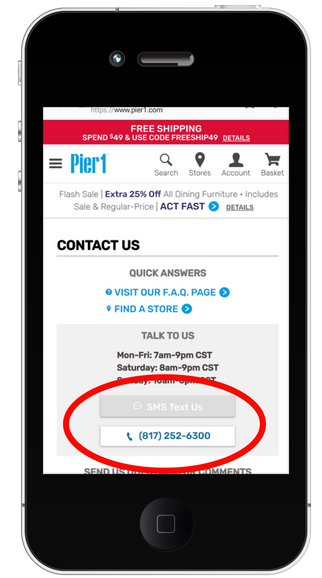

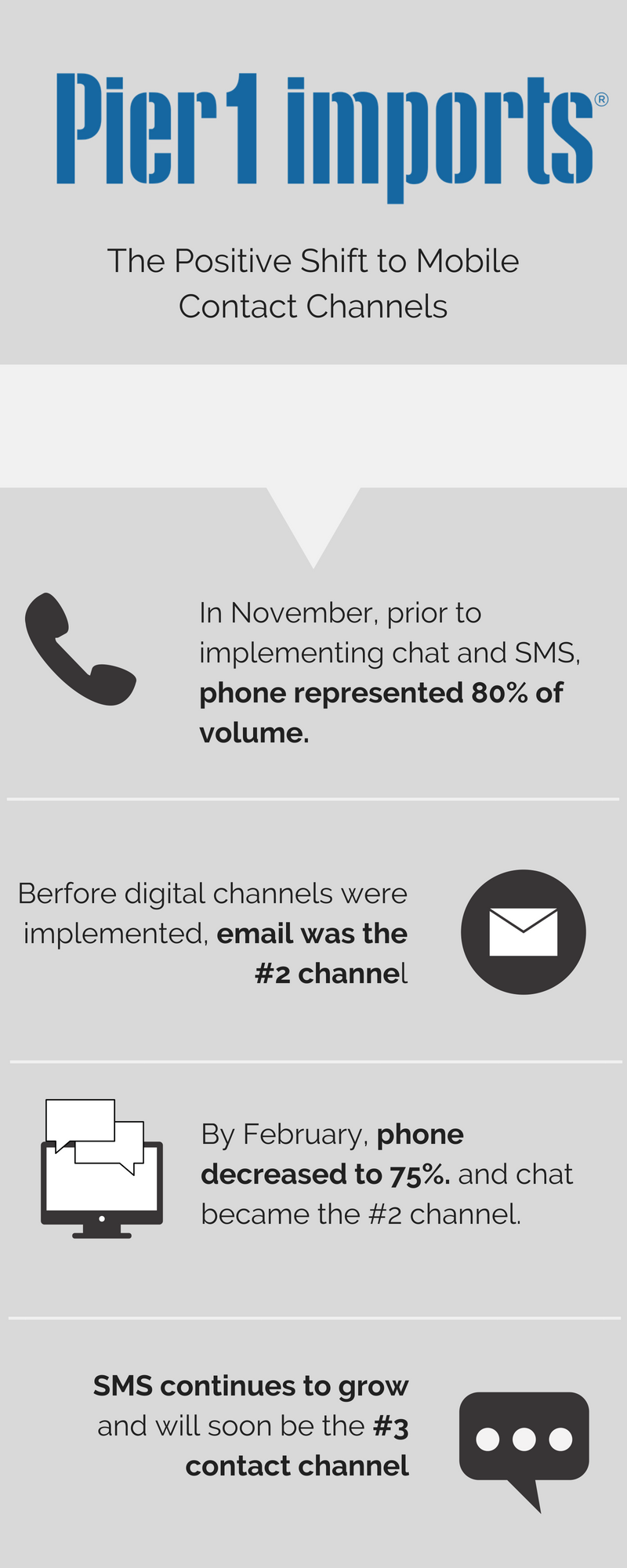 Lessons Learned
Lessons Learned





